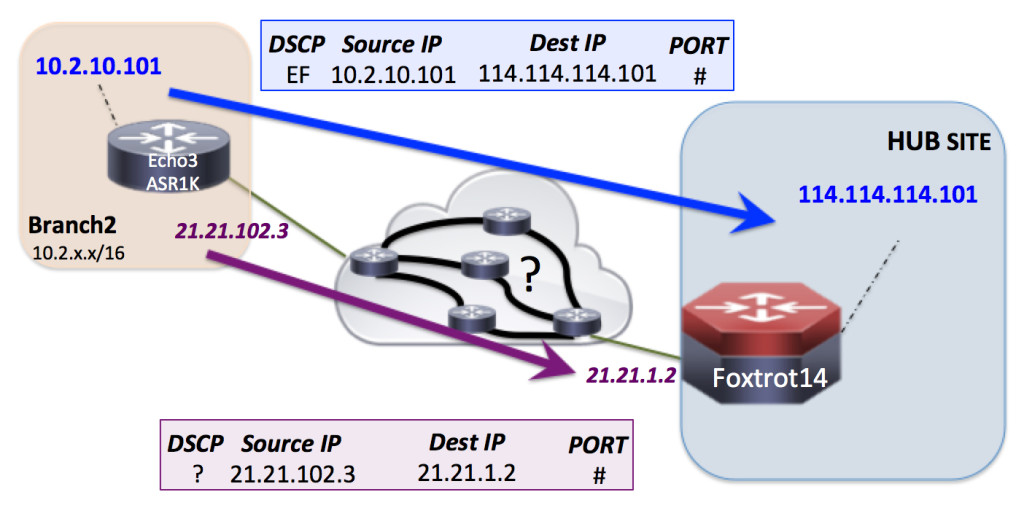Fortinet Declares an SDN Framework for Security
 It's the orchestration that makes software-defined security possible, Fortinet says.
It's the orchestration that makes software-defined security possible, Fortinet says.
The Need For Network Code Reviews
Network automation and orchestration will require standardization of the scripting used by network engineers.Digital Transformation & The Healthcare Industry
To build a digital foundation, healthcare companies are revisiting their IT infrastructure with a focus on cloud-based technologies and SDN.ZeusVM: Bits and Pieces
ZeusVM is a relatively new addition to the Zeus family of malware. Like the other Zeus variants, it is a banking trojan (“banker”) that focuses on stealing user credentials from financial institutions. Although recent attention has been on non-Zeus based bankers such as Neverquest and Dyreza, ZeusVM is still a formidable threat. At the time of this writing, it is actively being developed and has implemented some interesting features such as a custom virtual machine and basic steganography. In addition, due to a recent leak of a builder program, the ability to create new ZeusVM campaigns is now in the hands of many more miscreants.
To foster a better understanding of ZeusVM, the attached paper examines some of the internals of the malware from a reverse engineer’s perspective. While it doesn’t cover every component, the visibility provided can help organizations better detect and protect from this threat.
ZeusVM: Bits and Pieces (PDF)
ZeusVM: Bits and Pieces
ZeusVM is a relatively new addition to the Zeus family of malware. Like the other Zeus variants, it is a banking trojan (“banker”) that focuses on stealing user credentials from financial institutions. Although recent attention has been on non-Zeus based bankers such as Neverquest and Dyreza, ZeusVM is still a formidable threat. At the time […]Weird bug of the day: Twitter in-app browser can’t visit site
We keep a close eye on tweets that mention CloudFlare because sometimes we get early warning about odd errors that we are not seeing ourselves through our monitoring systems.
Towards the end of August we saw a small number of tweets like this one:

indicating that trying to browse to a CloudFlare customer web site using the Twitter in-app browser was resulting in an error page. Which was very odd because it was clearly only happening occasionally: very occasionally.
Luckily, the person who tweeted that was in the same timezone as me and able to help debug together (thanks James White!); we discovered that the following sequence of events was necessary to reproduce the bug:
Click on a link in a tweet to a web site that is using an https URL and open in the Twitter in-app browser (not mobile Safari). This site may or may not be a CloudFlare customer.
Then click on a link on that page to a site over an http URL. This site must be on CloudFlare.
BOOM
That explained why this happened very rarely, but the question became... why did it happen at all? After some debugging it appeared to happen in Continue reading
Blessed by Gartner: Stretched VLANs Make Little Sense
One of my readers recently pointed me to a blog post written by Andrew Lerner from Gartner describing the drawbacks of stretched VLANs.
TL&DR: He’s saying more-or-less the same things I’ve been preaching for years. Now I can put Blessed by Gartner logo on my blog posts ;), and you can use the report to sway your CIO.
Read more ...Which Path in the WAN are those Business Critical Applications Taking?
“Learning about and avoiding impairments (delay, loss, jitter) along the path that business critical traffic takes.” That is what I wrote in my previous blog “IWAN’s Intelligent Path Control & Using Your Backup Link.” But how is that possible to do?
Thinking some type of probe? From where to where? Thinking the WAN edge links? But how do you know the path you send your probes over is the path that your business critical traffic is taking?
Let’s talk about what I mean by this by looking at an example.
In the above picture we have 2 sites with 1 host per site, and 1 WAN connection between the two.
- Branch2 w/ host 10.2.10.101
- Hub Site w/ host 114.114.114.101
- WAN connection w/ 21.21.102.3 on the Branch2 side and 21.21.1.2 on the Hub Site side.
Let’s say you check the health of the path between Branch2 and the Hub Site with some type of probe/IP SLA. You will be doing it from the 2 WAN IP addresses 21.21.102.3 and 21.21.1.2. Right? Continue reading
Slideshow: v0dgeball Adds a Dose of Action to VMworld
 A pre-VMworld tradition, v0dgeball is a charity dodgeball tournament that drew 16 teams eager to bean each other in the ankles.
A pre-VMworld tradition, v0dgeball is a charity dodgeball tournament that drew 16 teams eager to bean each other in the ankles.
I passed the CCIE Lab Exam in Routing and Switching v5!
Original content from Roger's CCIE Blog Tracking the journey towards getting the ultimate Cisco Certification. The Routing & Switching Lab Exam
Well the post that I have been dreaming of writing since the start of this blog is actually being written. I passed the CCIE Lab Exam in Routing and Switching v5 in Brussels last week and am now CCIE #50038 It has been a journey and as readers of this […]
Post taken from CCIE Blog
Original post I passed the CCIE Lab Exam in Routing and Switching v5!
Kernel bypass
In two previous posts we've discussed how to receive 1M UDP packets per second and how to reduce the round trip time. We did the experiments on Linux and the performance was very good considering it's a general purpose operating system.
Unfortunately the speed of vanilla Linux kernel networking is not sufficient for more specialized workloads. For example, here at CloudFlare, we are constantly dealing with large packet floods. Vanilla Linux can do only about 1M pps. This is not enough in our environment, especially since the network cards are capable of handling a much higher throughput. Modern 10Gbps NIC's can usually process at least 10M pps.
 CC BY 2.0 image by Tony Webster
CC BY 2.0 image by Tony Webster
It's apparent that the only way to squeeze more packets from our hardware is by working around the Linux kernel networking stack. This is called a "kernel bypass" and in this article we'll dig into various ways of achieving it.
The kernel is insufficient
Let's prepare a small experiment to convince you that working around Linux is indeed necessary. Let's see how many packets can be handled by the kernel under perfect conditions. Passing packets to userspace is costly, so instead let's try to drop Continue reading
Configuring ASAv as KVM Node
As promised earlier in my blog post about importing VIRL images within GNS3, here's one way to configure ASAv (9.4.1 here). I haveSee You in Bern on September 16th
TL;DR: Gabi Gerber from Data Center Interest Group Switzerland (DIGS) is organizing a day-long Data Center event on September 16th, and invited me (again) as the keynote speaker. Do drop by to discuss data center design and automation challenges.
Read more ...Open Source CloudRouter Goes to Production
If you have wondered why there isn't a open-source project for IP routing then you will be pleased to know that CloudRouter has announced that it is production ready.
The post Open Source CloudRouter Goes to Production appeared first on Packet Pushers.
